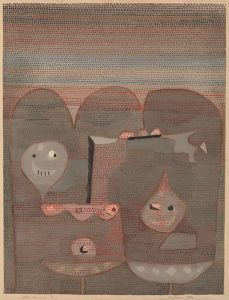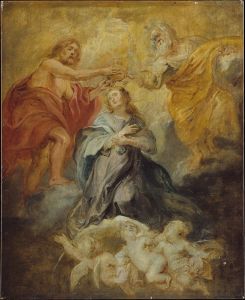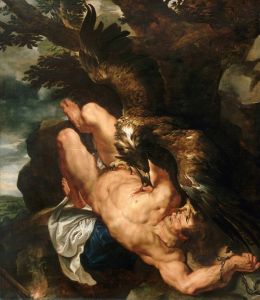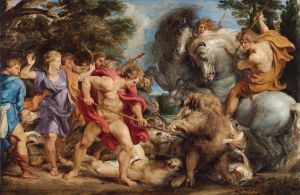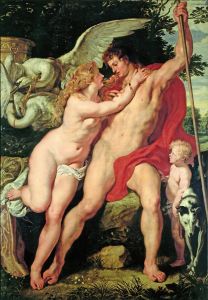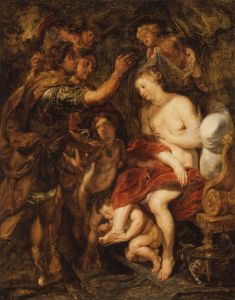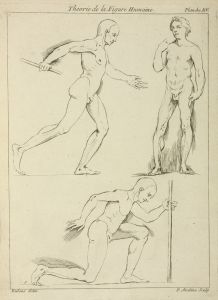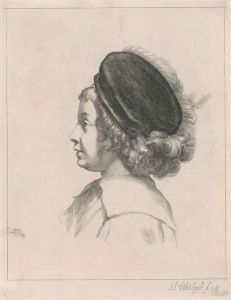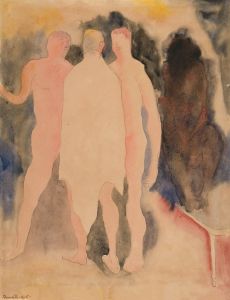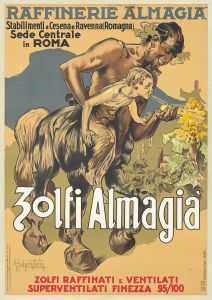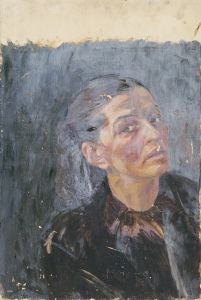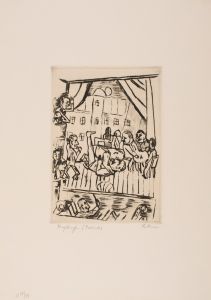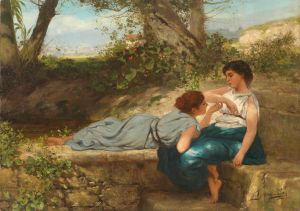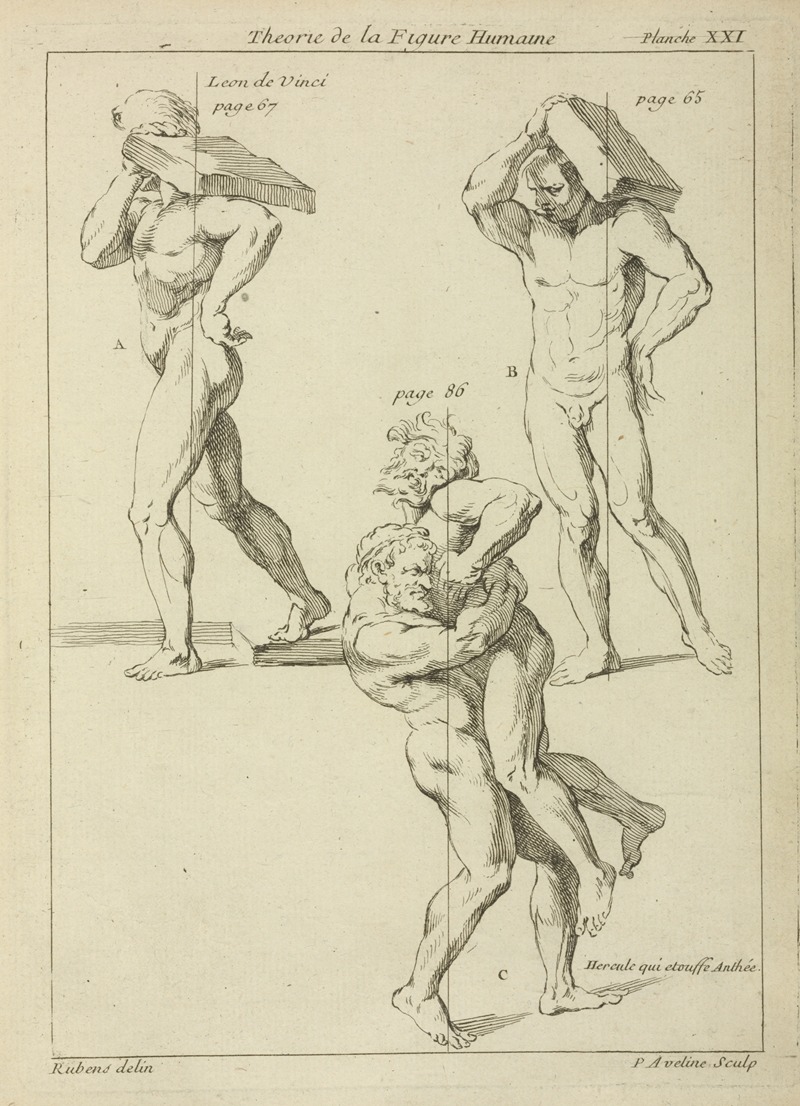
Four male figures; two bearing large books on their shoulders and the other two wrestling
A hand-painted replica of Peter Paul Rubens’s masterpiece Four male figures; two bearing large books on their shoulders and the other two wrestling, meticulously crafted by professional artists to capture the true essence of the original. Each piece is created with museum-quality canvas and rare mineral pigments, carefully painted by experienced artists with delicate brushstrokes and rich, layered colors to perfectly recreate the texture of the original artwork. Unlike machine-printed reproductions, this hand-painted version brings the painting to life, infused with the artist’s emotions and skill in every stroke. Whether for personal collection or home decoration, it instantly elevates the artistic atmosphere of any space.
Peter Paul Rubens, a prominent Flemish artist of the Baroque era, is renowned for his dynamic compositions, vibrant color palette, and masterful depiction of human figures. Among his extensive body of work, "Four Male Figures; Two Bearing Large Books on Their Shoulders and the Other Two Wrestling" stands out as an intriguing piece that showcases his skill in portraying human anatomy and movement.
This artwork, like many of Rubens' creations, reflects his deep understanding of classical art and his ability to infuse it with the dramatic flair characteristic of the Baroque period. Rubens was known for his ability to convey complex narratives and emotions through his paintings, often drawing inspiration from mythology, history, and religion. His works are celebrated for their energetic compositions and the lifelike quality of his figures.
In "Four Male Figures," Rubens presents a scene with four male figures engaged in two distinct actions. Two of the figures are depicted bearing large books on their shoulders, suggesting themes of knowledge, learning, or burden. The other two figures are engaged in a wrestling match, a motif that Rubens frequently explored in his work to demonstrate physical prowess and the human form in motion. The juxtaposition of these two activities within a single composition invites viewers to ponder the relationship between intellectual and physical endeavors.
Rubens' mastery of anatomy is evident in the muscular definition and dynamic poses of the figures. His ability to capture the tension and movement of the human body is a testament to his extensive study of classical sculpture and his keen observation of the natural world. The figures are rendered with a sense of volume and weight, creating a realistic depiction that draws the viewer into the scene.
The painting's composition is carefully balanced, with the figures arranged in a way that guides the viewer's eye across the canvas. Rubens' use of light and shadow enhances the three-dimensionality of the figures, adding depth and drama to the scene. The color palette, typical of Rubens' work, is rich and vibrant, further emphasizing the vitality of the figures.
While specific details about the commission or the intended purpose of this particular painting are not well-documented, it is consistent with Rubens' broader oeuvre, which often explored themes of human struggle, intellect, and the interplay between different aspects of human experience. His work was highly sought after by patrons across Europe, and he enjoyed a successful career that saw him produce a vast number of paintings, altarpieces, and portraits.
Rubens' influence on the art world was profound, and his works continue to be studied and admired for their technical brilliance and expressive power. "Four Male Figures; Two Bearing Large Books on Their Shoulders and the Other Two Wrestling" is a fine example of his ability to convey complex themes through the depiction of the human form, a skill that has cemented his legacy as one of the great masters of the Baroque period.





